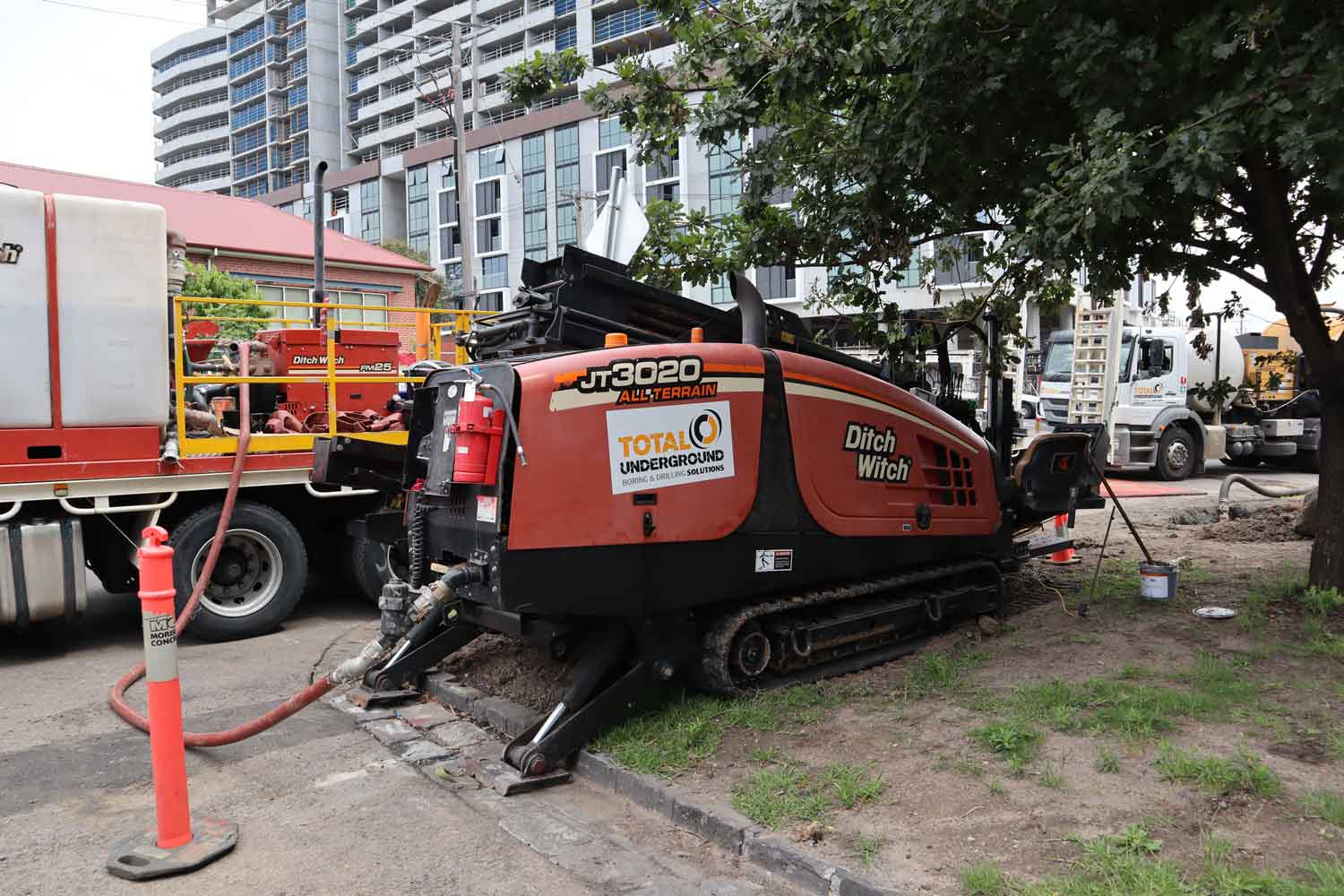Horizontal Directional Drilling: A Game Changer for Infrastructure
Within the dynamic realm of infrastructure development expansion, Horizontal Directional Drilling, commonly shortened as HDD, has emerged as a pivotal technique that tackles many obstacles related to conventional construction practices. This no-dig technology enables the deployment of infrastructure utilities and cables with minimal disruption to the local area, making it an attractive choice for projects in urban areas and sensitive landscapes. As cities expand and the demand for streamlined utility installation rises, comprehending how HDD operates and its variety of benefits becomes more crucial.
HDD not just decreases construction durations but also lessens environmental consequences, setting the stage for a much environmentally responsible strategy to infrastructure development. With progress in technology and tools, the potential of HDD are continually growing, enabling effective traversal through complex terrains and uninterrupted setup of critical services such as water, drainage, and telecommunications. As we delve deeper this game-changing technology, we will examine its procedures, gains, and the future it offers for infrastructure projects projects globally the globe.
Comprehending HDD and Its Advantages

Horizontal Directional Drilling, known as HDD, represents a trenchless technology that allows for the installation of various utilities, like pipelines, cables, and conduits, with minimalistic disruption to the surrounding environment. This method requires drilling a pilot hole along a predetermined path and then expanding that hole to fit the utility that is installed. The ability to work horizontally allows HDD to navigate around hurdles and to travel beneath roads, rivers, and additional infrastructure without the need for significant surface disruption.
One of the key advantages of HDD is its efficiency in reducing the time and cost associated with conventional trenching methods. Since HDD minimizes surface disruption, it often produces quicker project timelines and fewer need for restoration work after installation. Additionally, the precise nature of HDD facilitates longer installations, making it ideal for connecting remote areas without the need for major excavation. These factors contribute to lower labor costs and a decrease in the equipment needed on-site.
In addition, HDD is considered environmentally friendly, as it greatly reduces the impact on the surrounding ecosystem. By restricting the amount of soil and vegetation that must be altered, HDD protects the natural landscape and minimizes the potential for erosion and sedimentation. This makes it an excellent choice for sensitive areas, including urban settings and regions with sensitive habitats, ensuring that utility installations can be carried out responsibly while satisfying the demands of modern infrastructure.
Horizontal Directional Drilling in Urban Infrastructure and Environmental Considerations
Horizontal Directional Drilling (HDD) has emerged as a revolutionary method for metropolitan development, especially when it comes to minimizing surface disruption. Unlike traditional trenching, which often requires significant digging and can lead to substantial disturbances in densely populated regions, HDD enables the installation of infrastructure services beneath the ground without the need for significant surface excavation. This technique is particularly advantageous in urban environments where available space is restricted and maintaining traffic flow and accessibility is essential.
The environmental repercussions of HDD are especially beneficial when compared to standard practices. By reducing the volume of surface excavation required, HDD reduces land degradation, protects existing plant life, and greatly lessens the potential for wildlife displacement in vulnerable regions. This is particularly important in urban settings where parks and recreational areas and ecosystem diversity are under constant threat from development. Moreover, HDD can avert the contamination of local water sources by confining drilling operations restricted below the surface, ensuring that any disturbances remain isolated.
As urban areas continue to grow and evolve, the importance of employing eco-conscious construction techniques cannot be overstated. The integration of HDD in city planning not only enhances infrastructure development but also confronts environmental concerns proactively. By https://gmaccontractors.com/ that maintain the urban landscape and lessen ecological footprints, cities can move toward sustainable growth while addressing their utility needs. This innovative approach shows HDD's role in shaping the next generation of urban infrastructure while safeguarding the planet.
Upcoming Developments & Advancements in HDD
As we look into the future, the future of Horizontal Directional Drilling (HDD) will likely be influenced by advancements in technology and growing demands for efficiency. One significant trend is the adoption of artificial intelligence and machine learning into HDD processes. These technologies can boost real-time data analysis, enhancing decision-making during drilling tasks and allowing for better adjustment to fluctuating soil conditions. The automation of certain tasks within the HDD method could diminish human error and lead to greater accuracy drilling trajectories.
Another major transition is the increasing use of eco-friendly methods and materials. As environmental responsibility becomes a goal for infrastructure projects, HDD is well-positioned to play a vital role in minimizing ecological disturbances. Developments in biopolymers and other green drilling fluids are being developed to further reduce the ecological impact of HDD processes. Additionally, the capability of HDD to navigate delicate areas without major surface disruption matches with worldwide trends in favor of more sustainable construction techniques.
Cooperation across various sectors will also propel the development of HDD. The demand for interconnected networks, such as fiber optics for telecommunications and renewable energy installations, requires a cohesive approach among utility companies, construction firms, and regulatory bodies. As these participants collaborate, we can anticipate seeing the rise of consistent methods and better tools that optimize the HDD method, ultimately leading to a better integrated and efficient approach to modern infrastructure concerns.